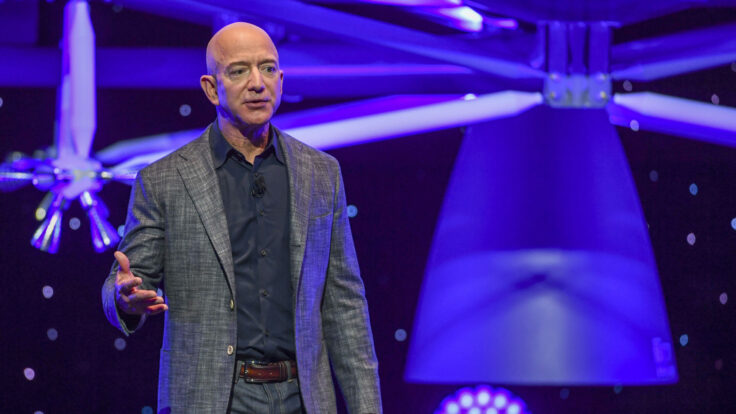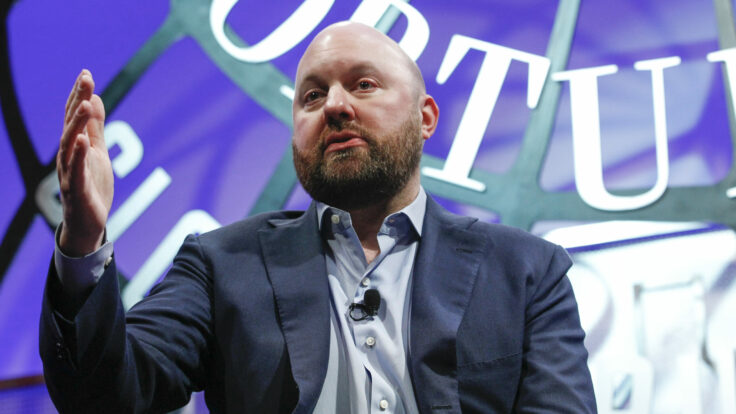There is a raw, holy shit-ness to the amount of technology Apple has packed into its new Vision Pro “spatial computing” device—its strangest, most ambitious product launch in years—which resembles a pair of very elegant, immaculately designed ski goggles. Though it shares a lot of familiar elements with existing virtual and augmented reality headsets, it also has a lot more, and feels like a quantum leap out of nowhere.
There are reportedly 5,000 patents that went into making this thing. When you wear it, it scans your room; it scans your face; it scans your eyes; and then it allows you to do all the things you can do on other Apple devices—play movies and games, browse the web and send messages—but with the display appearing to float magically in the air around you. Each eye is treated to greater than 4K resolution, with pixel density multiple times higher than the latest iPhone. To get extra nerdy for one moment: Apple’s original “Retina” display resolution offered 340 pixels per inch. The latest iPhone 14 Pro runs at 460 pixels per inch. Estimates are that the Vision Pro runs at an astounding 34,000 pixels per inch. That’s one hundred times what the same company once proudly lauded as reality-worthy picture quality. Plus, the interface is conveniently controlled with your hands, not plastic controllers you might accidentally fling across the room.

















